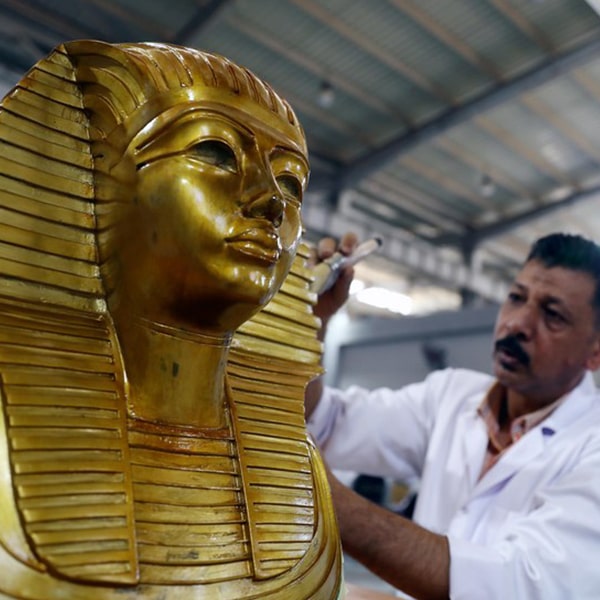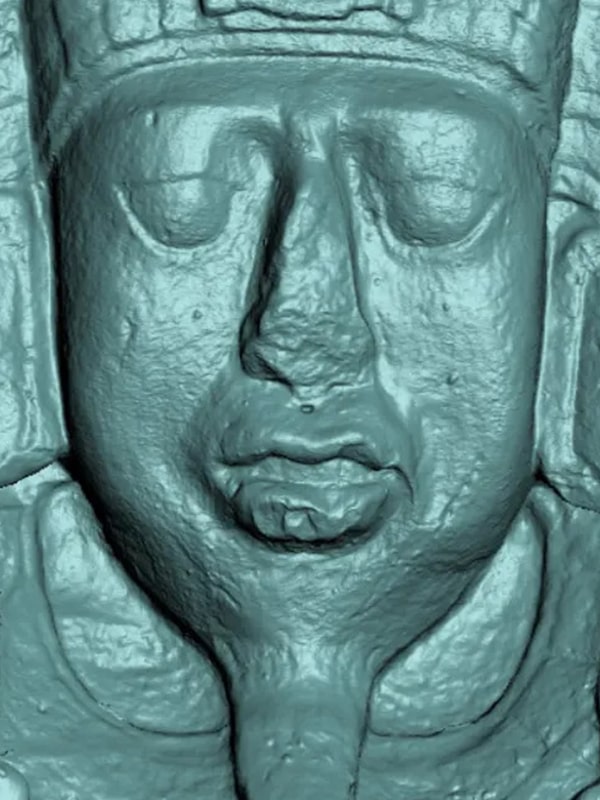Heritage Records
Archaeological & Cultural Replica


Historical & Artifact Recreations
Digital Archaeology & Heritage


Re-creating, Repairing & Conserving Ancient Artifacts with Digital Technology
This is allow historians to re-produce age-old artifacts and historical monuments both digitally and physically. Curators and educators are using 3D data as the basis for telling stories and sending students on quests of discovery. Conservators are using 3D data to track the condition of a collection item over time using 3D deviation analysis tools, showing exactly what changes have occurred to an object.
MetaMetry allows you to make the most of your resources. We offer flexible services that are tailor-fit to the requirements of your specific project. Hire the talent you need for the tasks you need completed — no more, and no less. Whether you need an engineer to help design your system and/or part, a 3D modeler to hash out your ideas, or a product designer to help you with the design process throughout, we'll work with you to pair you with the services you need.

